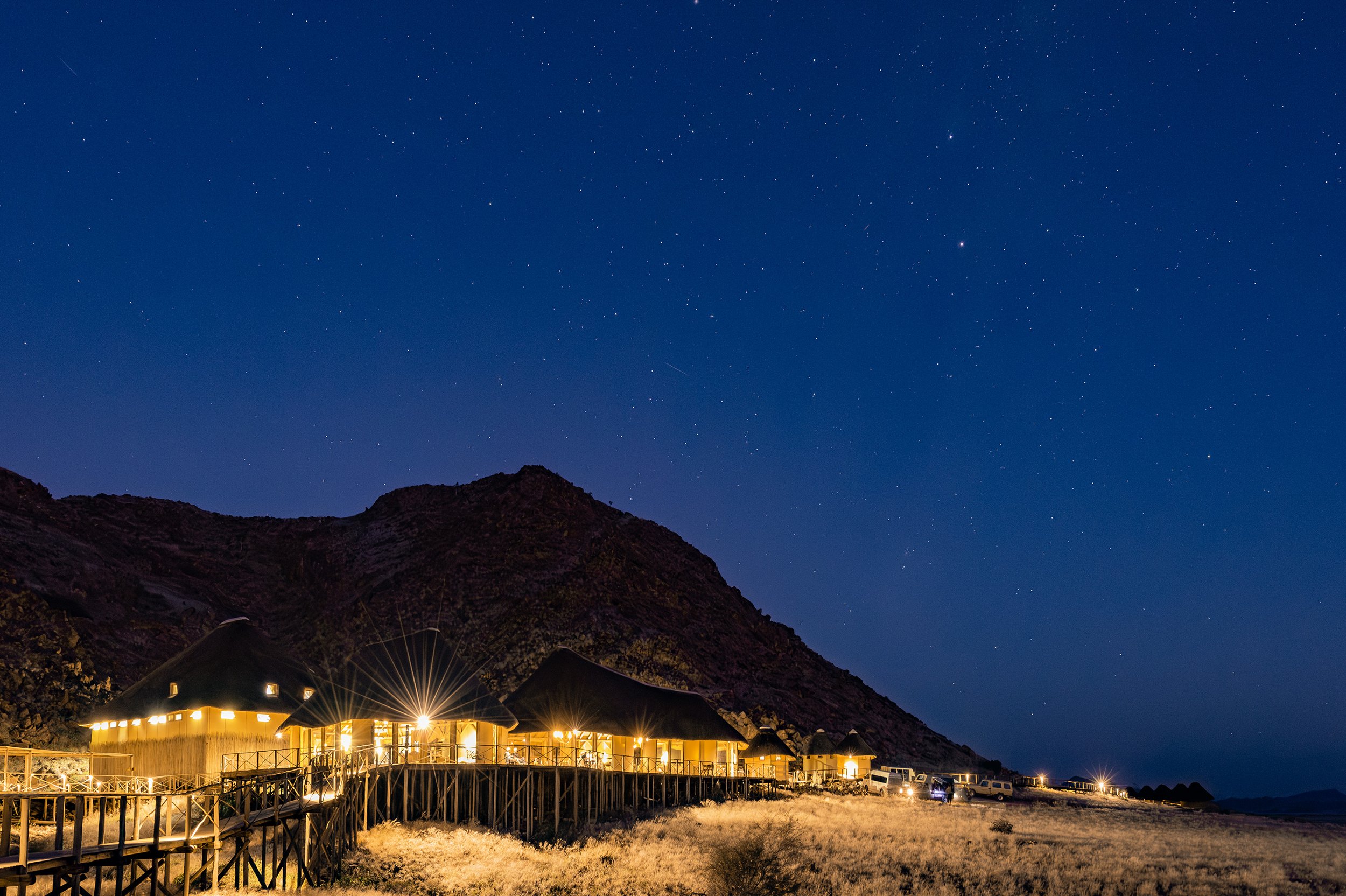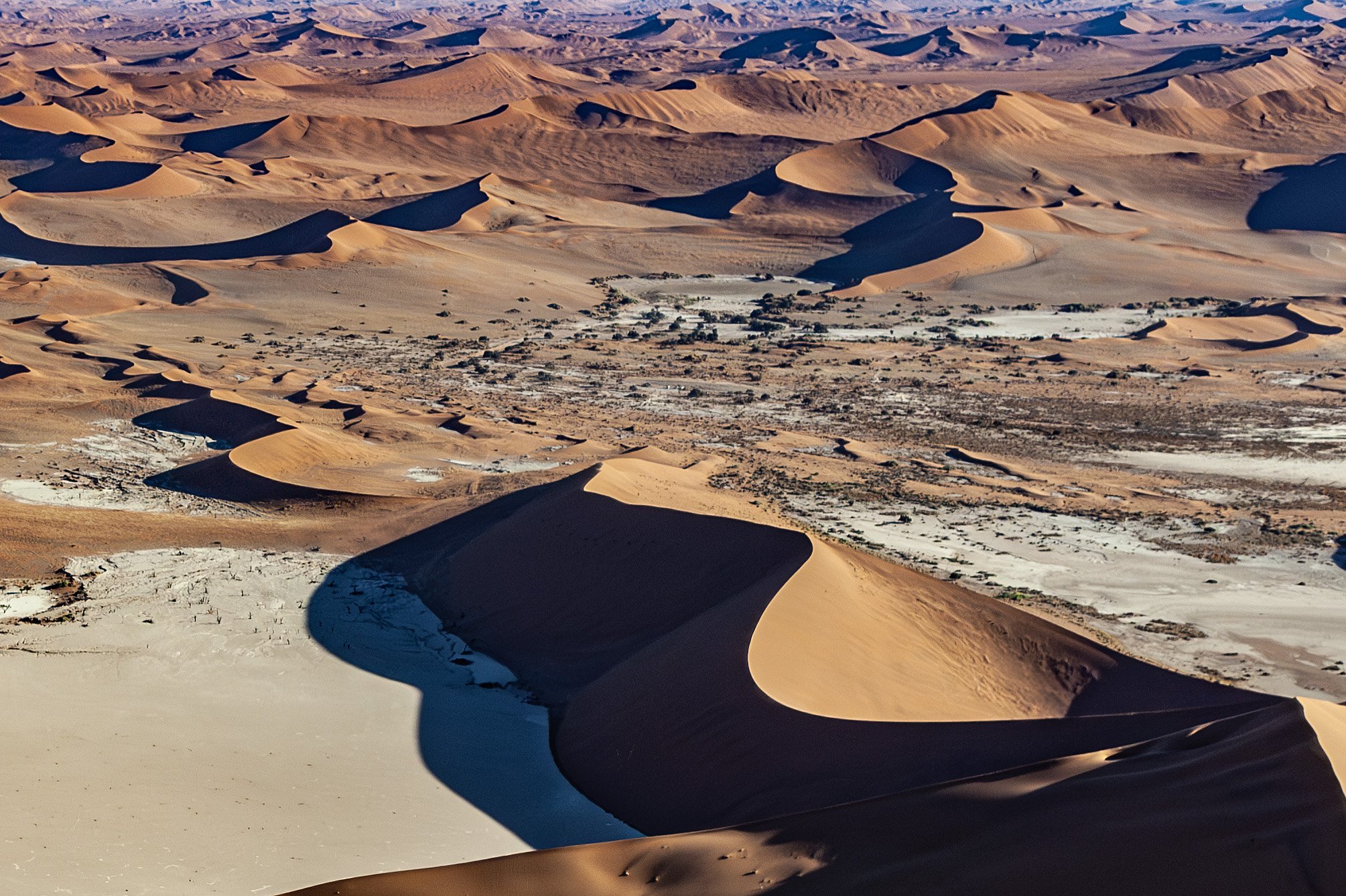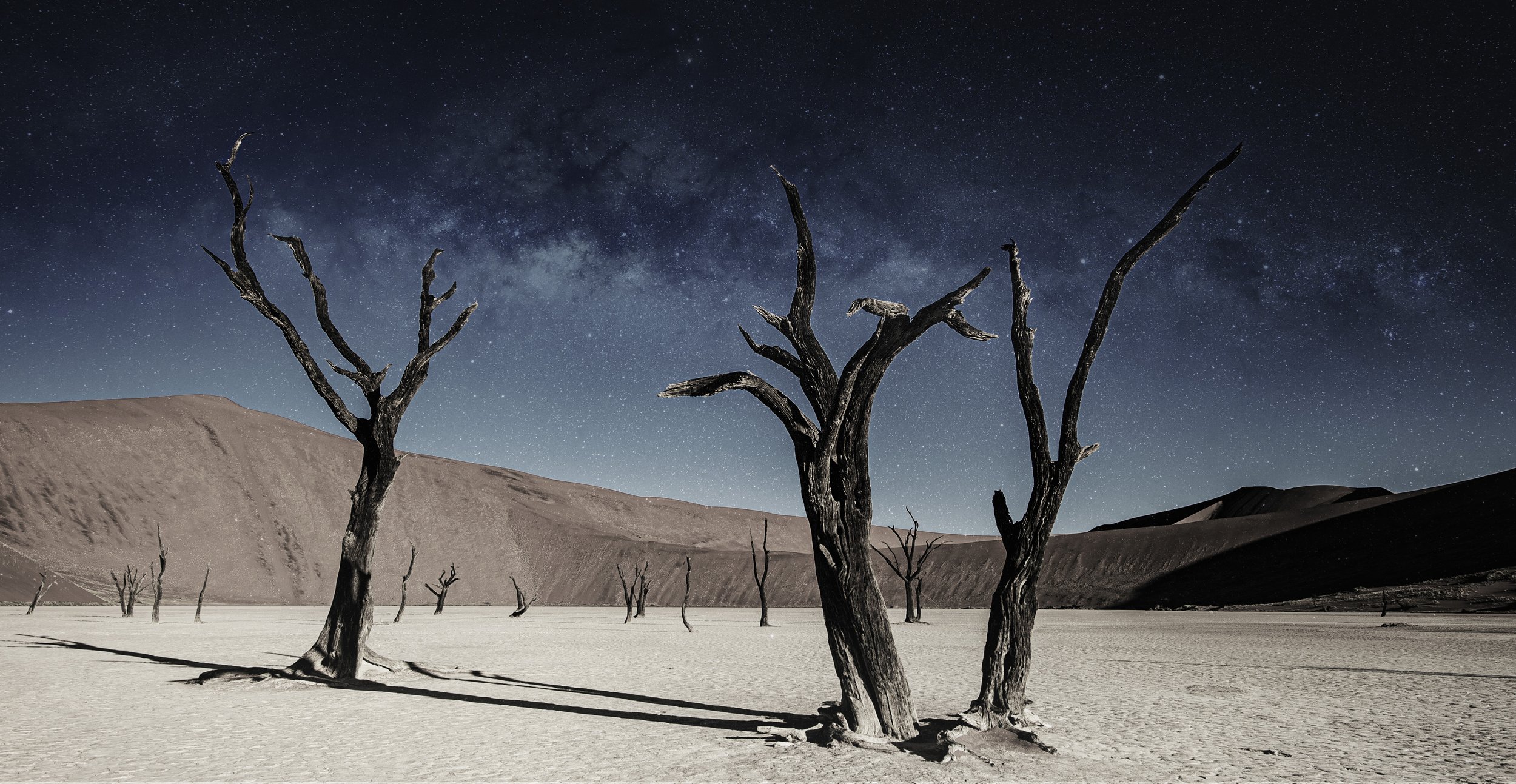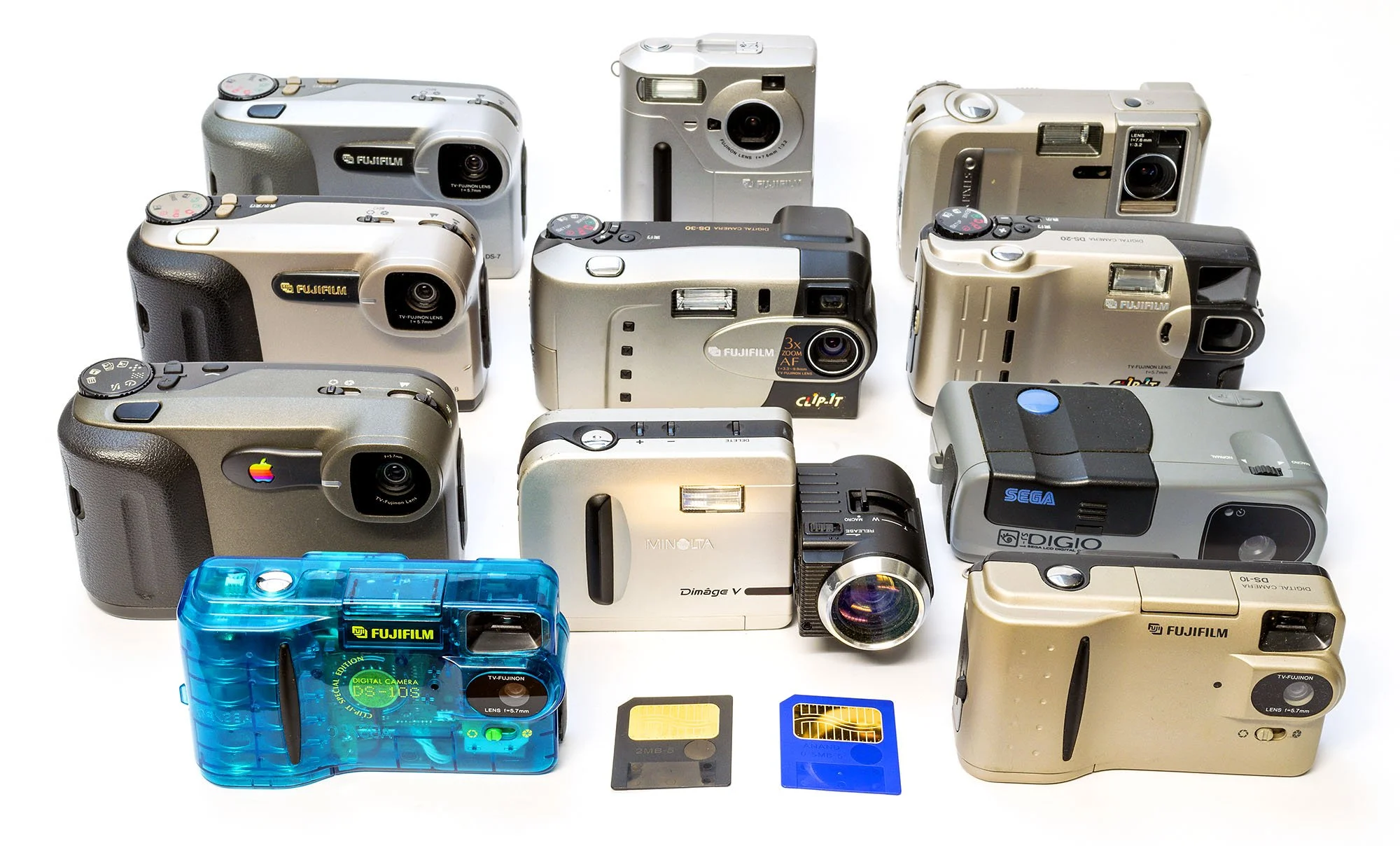In June this year we will fly back to Thailand, more precisely to the beautiful Karon Beach in Phuket. A destination within Thailand that we haven't visited in many years. Although I've probably never been to Karon Beach directly to be honest. We have been to Koh Samui and Hua Hin several times, but we have never gone further south in the last 20 years. Many of the beaches were too touristy for me and the cuisine there wasn't very varied. At least that was the reason to refrain from visiting again for a longer period of time.
Since I discovered the legendary Centara Grand Beach Resort & Villas in Hua Hin, we have been going there more often because we took advantage of the 5 star standard and the large rooms with all their luxury, but especially the free afternoon wine and cocktail offers for club members. And funnily enough, the Centara grand on Karon beach is the cheapest of all 5 star hotels in the centara group. There you can enjoy all the amenities of the Centara Grand Hotels and only pay half the price of other locations.
















































































































































